Today, we’ll be looking into what types of wood are used at Fifthroom.com to construct our various styles of furniture and garden structures. We’ll analyze the advantages and disadvantages of each kind of wood as well as give you an example in what type of product it might be used in. So, next time someone asks you about Teak, you’ll know what to say.
You may have noticed some common types of natural construction materials as you scroll through the various items on our site. It definitely had me wondering about what the differences were between each kind. As it turns out, all of the wood that Fifthroom uses is rather high-end, so no matter what your item is made of, it’s bound to be good. Let’s begin!
Oak:
Sheffield Oak Chest
View Details
Oak is generally a straight grained wood with an uneven texture. If it’s White Oak, it tends to be a light beige to brown. If it’s Red Oak, the wood is usually colored in shades of pink to red.
Some advantages of Oak are that it gets stronger with time and it’s resilient against fire and water. Maintaining it is nearly effortless and it’s a sustainable wood. Oak is also very pliable and offers architectural precision. It is highly durable and resistant to warping. Plus, its visible grain pattern gives it a very distinctive look.
A few disadvantages of Oak might be that, in certain processes, it can shatter and splinter if not cut with a sharp, carbide-tipped blade. Stains can also exaggerate the grain and over-darken the wood.
Cypress:
Cypress Kid’s Picnic Table
View Details
Cypress’ color really depends on where it grows. The sapwood* is light yellow, while the heartwood* can vary from yellow-oranges to browns, often with light streaks.
Some advantages of Cypress are that it is resistant to rot, fungus, and decay because of its natural oils. It also repels bugs. When used as a building material, it is energy efficient and resistant to shrinkage. Cypress is also low-cost and low-maintenance. It’s a very fragrant and durable wood.
Disadvantages of Cypress include that it fades over time and periodically needs a sealant to protect it from warping and cracking.
*Note: Sapwood is near the surface of the tree, while the heartwood is the inner core.
Teak:
96″ Teak Rectangular Expansion Table and Compass Chair Set
View Details
Teak has a straight grain with long streaks of a darker color. The wood is usually colored a light yellow to brown.
Advantages of Teak include that it’s low moisture as well as light, heat, and pest resistant. It is also durable and lightweight. Teak maintains its shape and hardly ever warps. It is very sturdy and strong.
Some disadvantages of Teak are that the quality of wood depends on the age and location of trees and it may require regular oiling and waxing to maintain its color. Teak is a tropical wood and is rare as well as expensive.
Cedar:
White Cedar Unstained Single Rail Bridge
View Details
White Cedar’s sapwood is almost white with many small knots while its heartwood is a pale brown. Red Cedar’s sapwood is a light yellow and appears as streaks or stripes while the heartwood comes in shades of red to violet-brown.
There are many advantages to Cedar including that it naturally produces oils that repel insects. It has low moisture so it won’t warp. Cedar is also resistant to temperature and weather conditions. It can be a good form of heat and sound insulation. It resists the transfer of heat and is lightweight, highly sustainable, and very durable. It also doesn’t need to be stained. Beyond that, it has a very pleasant scent.
The disadvantages of Cedar are that it is expensive and can fade to gray over a few years.
Treated Pine:
Treated Pine Fanback Porch Swing
View Details
Treated Pine is a softwood that is white to pale yellow. It has a straight grain and lacks figure.
The advantages of pine are that it is inexpensive, lightweight, and takes paint well. Pine also resists shrinking and swelling.
Some disadvantages of pine might be that, because it’s soft, it’s prone to scratches and dents.
Ash:
Ash Rocking Chair and Table 3 Piece Set
View Details
Ash is a wood that is light beige to brown. It is also a smooth grained hardwood.*
The advantages of Ash are that it hardly warps and is also elastic and firm at the same time.
Unfortunately, there are many disadvantages of Ash including that it is difficult to split, therefore, hard to process. It’s also less suitable for polishing and does not absorb wood preservative well. Ash is not weather-proof and is not resistant to fungi or insect infestations. Finally, it has a brittle structure.
*Note: Product is painted with a polyurethane coating.
Cherry:
Cherry Jewelry Box
View Details
Cherry wood initially is a light gold/pink color, but as it ages and is exposed to light, it becomes reddish-brown.
The advantages of Cherry wood are that it is easily shaped and polishes well.
The disadvantages are that it is expensive and that it darkens with age.
Looking back over the different types of wood makes me realize why certain ones are more suitable for particular structures as opposed to others. It also goes to show that even if a wood type isn’t ideal for one product, it may be for something else.
Go spend some time trying to identify the different types of wood around your home and garden. And don’t forget to check out www.Fifthroom.com for quality constructed outdoor furniture and decor!

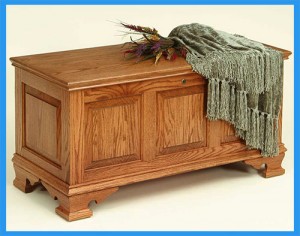
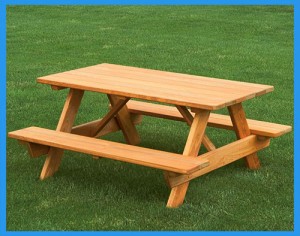
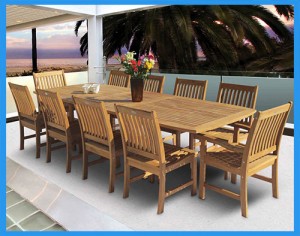
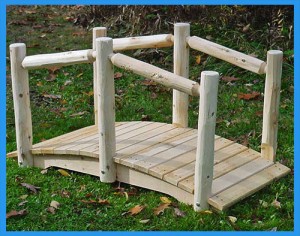
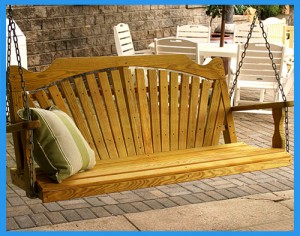
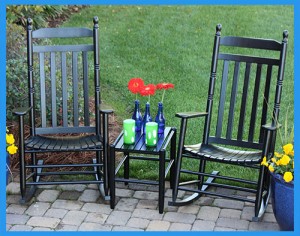
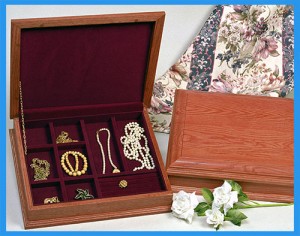
0